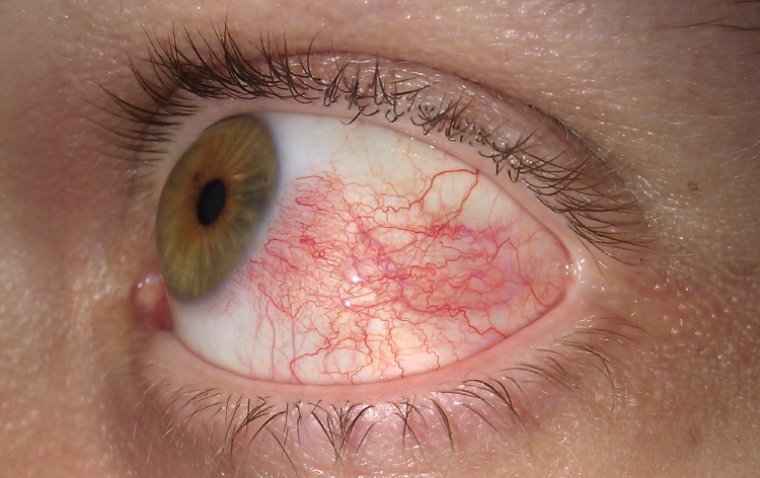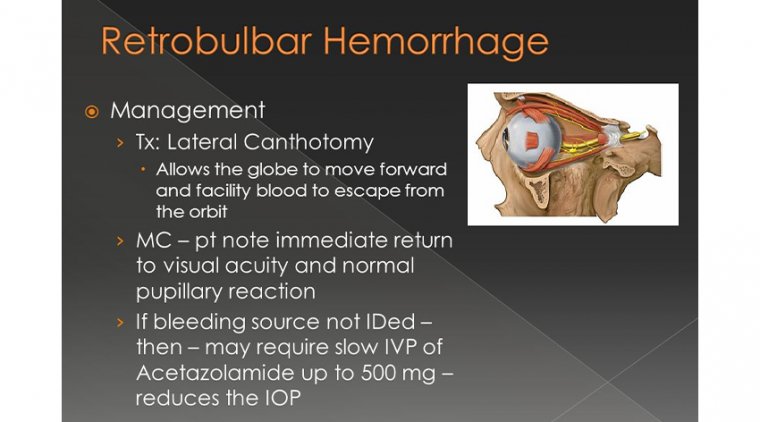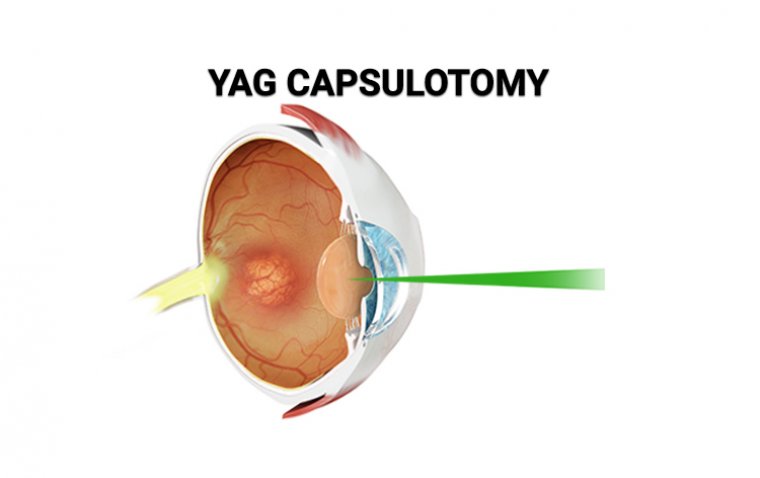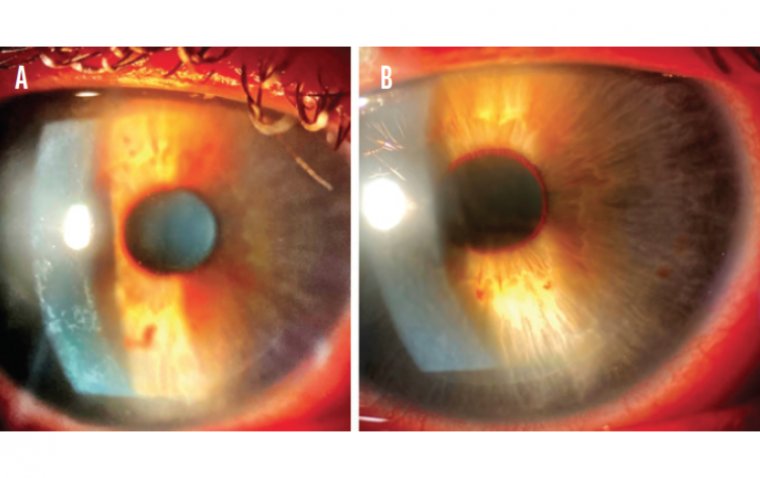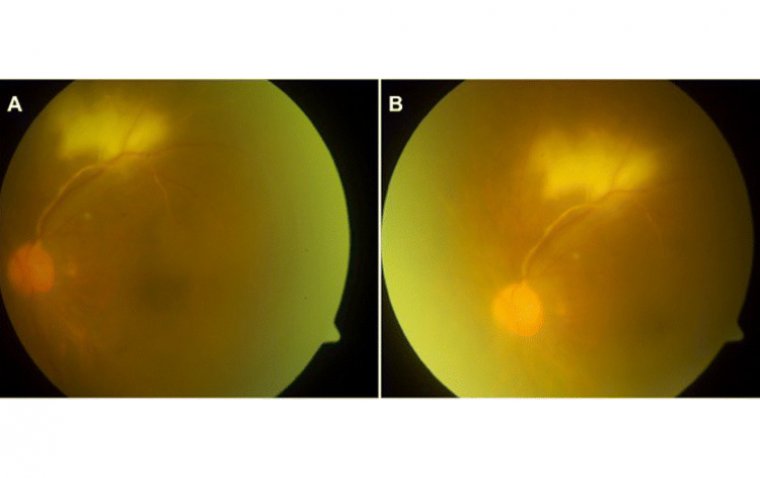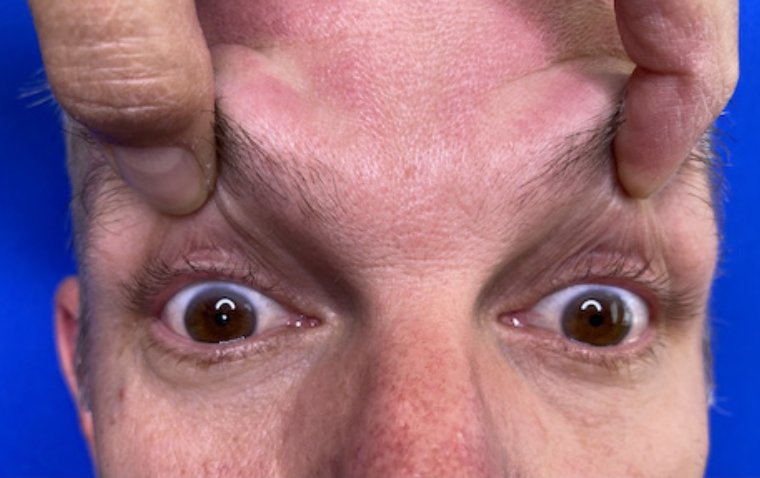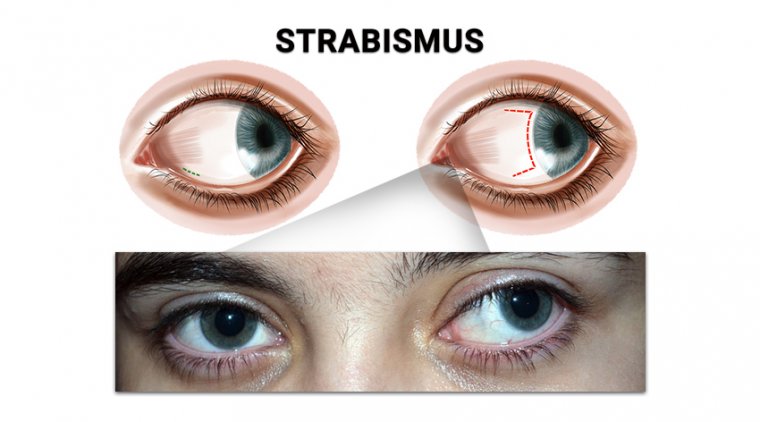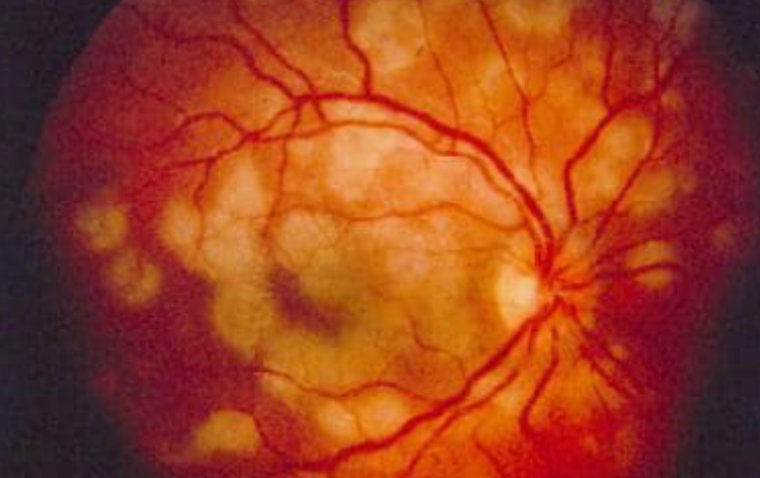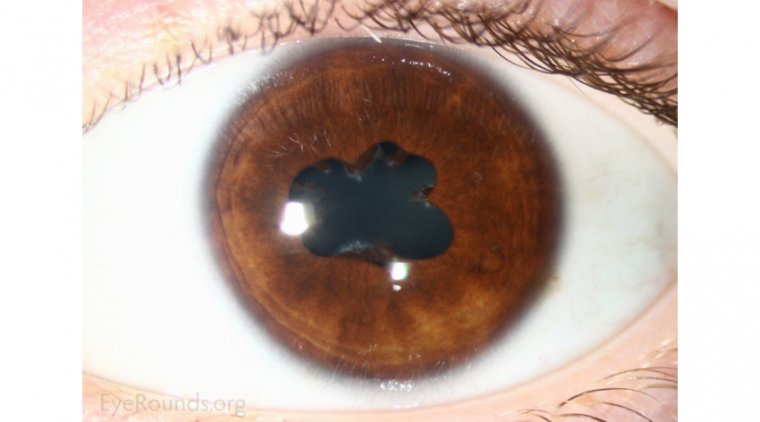
Ocular Synechiae: How to Recognize the Symptoms and Seek Treatment
Synechiae, also known as adhesions, are abnormal bands of scar tissue that form between two or more organs or tissues. These bands can occur in different parts of the body and can cause a variety of symptoms. In this article, we will explore what synechiae are, what causes them, the symptoms, treatment options, and whether they can be prevented.
What Are Synechiae?
Synechiae are fibrous bands of scar tissue that form between two or more organs or tissues. These adhesions can form between different structures in the body, such as between the eyelid and the eyeball, or between the walls of the uterus. Synechiae can be thin or thick, and they can be small or large.
Types of Synechiae
There are two types of synechiae in the eye: anterior synechiae and posterior synechiae.
1. Anterior Synechiae
Anterior synechiae occur when the iris adheres to the cornea. This can be caused by inflammation or trauma to the eye, such as from surgery or an eye infection. Anterior synechiae can cause a variety of symptoms, including blurred vision, eye pain, and light sensitivity.

Gonioscopic view of peripheral anterior synechiae Credit: AAO.org.
2. Posterior Synechiae
Posterior synechiae occur when the iris adheres to the lens of the eye. This can be caused by inflammation or trauma to the eye, such as from uveitis or cataract surgery. Posterior synechiae can cause a variety of symptoms, including blurred vision, eye pain, and sensitivity to light.
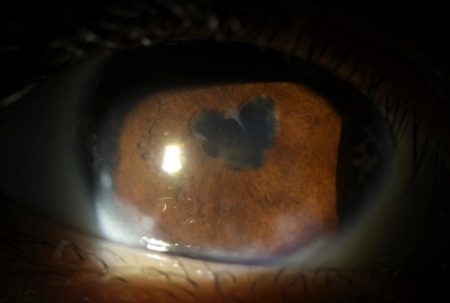
Slit lamp photo of posterior synechiae in a patient with uveitis Credit: AAO.org
What Causes Synechiae?
Synechiae can occur as a result of surgery, infection, or trauma. In some cases, they can also develop spontaneously, without any apparent cause. The formation of synechiae is a normal part of the healing process, as the body tries to repair damaged tissues. However, when the healing process goes awry, the body can form excessive amounts of scar tissue, leading to the formation of adhesions.
Treatment Options for Synechiae
The treatment options for ocular synechiae depend on the severity and location of the adhesions. For anterior synechiae, medications such as corticosteroids or nonsteroidal anti-inflammatory drugs (NSAIDs) may be prescribed to reduce inflammation and prevent the formation of new adhesions. In some cases, surgery may be necessary to remove the adhesions and restore normal eye function.
For posterior synechiae, dilating eye drops may be used to prevent the adhesions from forming. In severe cases, surgery may be necessary to remove the adhesions and restore normal eye function. It is important to work with an eye specialist to determine the best course of treatment for each individual case of ocular synechiae.
Preventing Synechiae in the Eye
While it may not be possible to prevent all cases of synechiae in the eye, there are steps that can be taken to reduce the risk of developing adhesions. One way to prevent synechiae is to treat underlying conditions that can cause inflammation in the eye, such as uveitis or iritis.
Regular eye exams can help to detect any signs of inflammation or adhesions early on, which can improve the chances of successful treatment. It is also important to protect the eyes from trauma, such as by wearing protective eyewear during sports or other activities that could cause injury to the eye.
To conclude…
Synechiae in the eye can cause a variety of symptoms and can be a source of discomfort for patients. There are two types of synechiae in the eye: anterior synechiae and posterior synechiae. Treatment for synechiae may include medications or surgery, depending on the severity of the adhesions. While it may not be possible to prevent all cases of synechiae in the eye, steps can be taken to reduce the risk of developing adhesions, such as treating underlying conditions and protecting the eyes from trauma. Regular eye exams are also important for early detection and treatment of any eye conditions.
(1).jpg)

